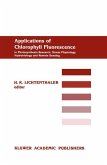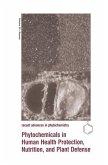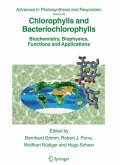The technique of chlorophyll fluorescence has a relatively short history, beginning with the observations by Kautsky (Kautsky and Hirsch, 1931). Since that time there have been several· reviews devoted to the subject, with most of them highly theoretical (Bohlar-Nordenkampf and Oquist, 1993; Dau, 1994; Schreiber et aI. , 1994). There have also been many books devoted to generalized spectrophotometric and microscopic fluorescence techniques. However, to the best of our knowledge there has not been a book completely devoted to the practical applications and uses of chlorophyll fluorescence in plant biology. As techniques mature, applications multiply and so do their potential advantages. The chlorophyll fluorescence technique is maturing as can be seen in the increasing numbers of publications that are devoted to its use. Therefore, we considered that now was a good time to compile the existing knowledge for the applied use of this technique and provide a single volume to which a novice or experienced user could refer. Highly trained experts in the field of photobiology have primarily used the chlorophyll fluorescence technique in the past. In that work, understanding the mechanisms and controls of the photosynthetic processes was the main focus of activity and discussion. Much of the equipment used was highly specialized and expensive, or in some cases one-of-a-kind lab designed units. However, the development of several reliable commercially available chlorophyll fluorescence monitoring instruments has changed the potential user base for the technique.








